Joe Camel, the Camel tobacco company’s mascot, may be sharing his space with images of corpses, rotted palettes and blackened lungs as mandated by the Food and Drug Administration in an attempt to hinder smokers from purchasing tobacco.
A federal appeals court ruled Monday that the FDA can legally require tobacco companies to print graphic illustrations on cigarette packaging to warn of the dangers of smoking.
The ruling comes despite the companies’ objections that such a move would violate their First Amendment rights to free speech.
In a two-to-one decision, the court upheld that under the 2009 Family Smoking Prevention and Tobacco Control Act, the FDA can require tobacco companies to place graphic depictions of the negative effects of smoking on up to 50 percent of the surface of cigarette boxes.
The act also places limitations on companies’ advertising of modified risk tobacco products and on distributions of free samples of tobacco.
Several tobacco companies, including R.J. Reynolds, which owns such cigarette brands as Camel and Pall Mall, and Lorillard, which owns Newport, filed a lawsuit disputing the constitutionality of the act. The federal appellate court, however, ruled against them.
The decision contrasts with the Feb. 29 ruling made by U.S. District Judge Richard Leon that “mandatory graphic images violate the First Amendment by unconstitutionally compelling speech,” according to the court decision.
In light of the conflicting decisions, the case will most likely be taken to the U.S. Supreme Court before the FDA can act, said Boston University School of Public Health Professor Michael Siegel, adding that complex legal and scientific issues cloud the dispute.
“What we have here is a draw,” he said. “You have conflicting decisions by the two different districts’ courts, so, most likely, this will eventually get appealed all the way up to the Supreme Court.”
Siegel said the proposed graphics, which include stomas – airways for patients with throat cancer – and lung surgery, raise difficult questions for courts.
“I’m skeptical that these will have any long-term effects [on consumers],” he said.
He said since the appearance of the Surgeon General’s warning on cigarette packaging in 1966, smokers have grown used to the warnings and come to disregard them.
“For the first couple of weeks, when people are purchasing these packs, there will be a big effect when people see the pictures,” he said. “However, after a while, people become used to it and it kind of blends into the cigarette and people will eventually forget about it.”
During the hearing, attorneys for the tobacco companies said “since the scale and intrusiveness of the new [graphic] warnings are not remotely necessary to convey factual information that is [already] conveyed by the existing warnings and already universally known, they are unconstitutional.”
But the court upheld the government’s contentions that many Americans, especially adolescents, underestimate the degree to which cigarettes can shorten smokers’ life spans.
Siegel also said he was skeptical about the overall effectiveness of these graphics.
“There’s no scientific evidence that these graphic warning labels actually increase smoking cessation,” he said.
The opinion also cited the 2009 Act’s finding that “past efforts to restrict advertising and marketing of tobacco products have failed adequately to curb tobacco use by adolescents.”
Siegel said in his experience, raising the price of cigarettes and anti-smoking media campaigns were most efficient in stopping smoking.
“There’s unequivocal evidence that when you substantially raise the price of cigarettes, cigarette consumption drops,” he said. “[A problem] is that we haven’t really counteracted the tobacco industry’s marketing. They’re not going to stop their marketing, so if we stop our counter-marketing, we’re going to start losing the battle.”

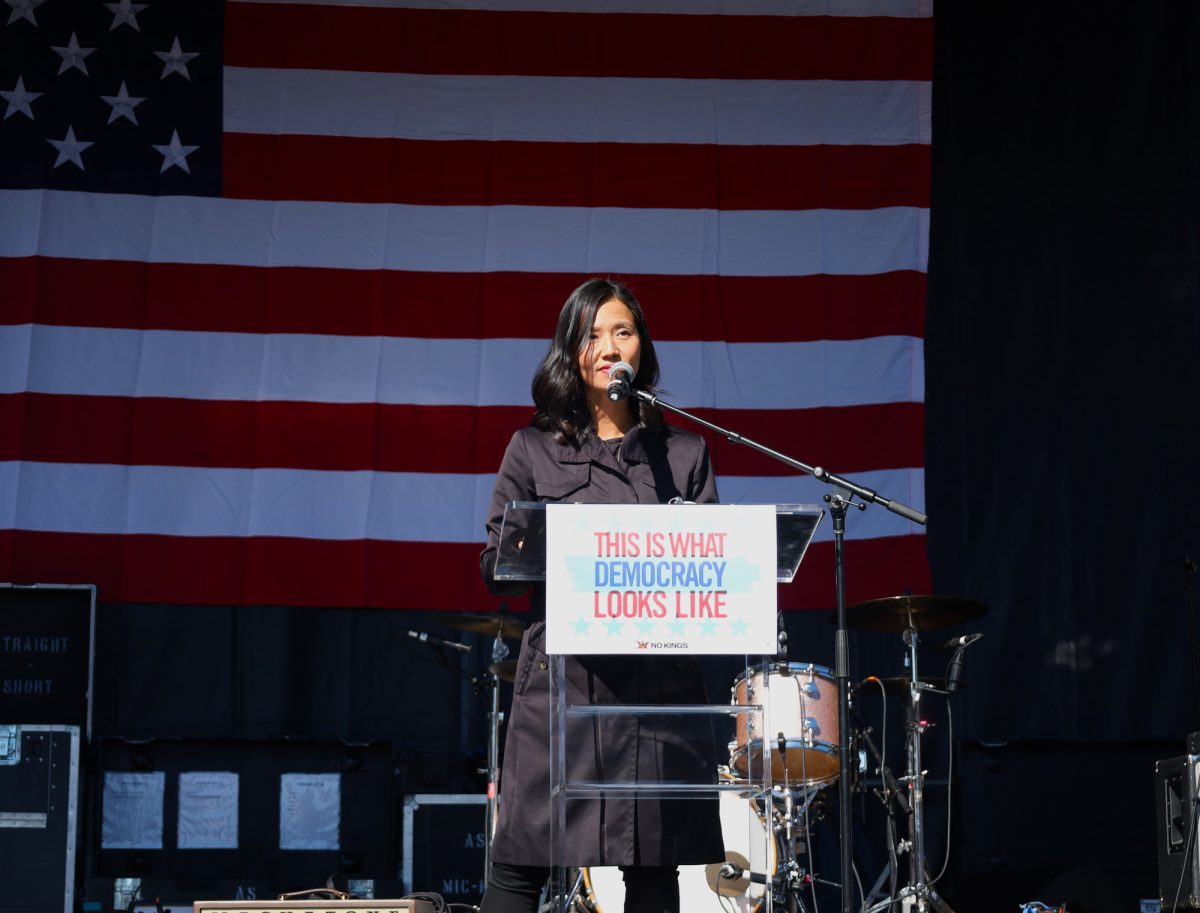




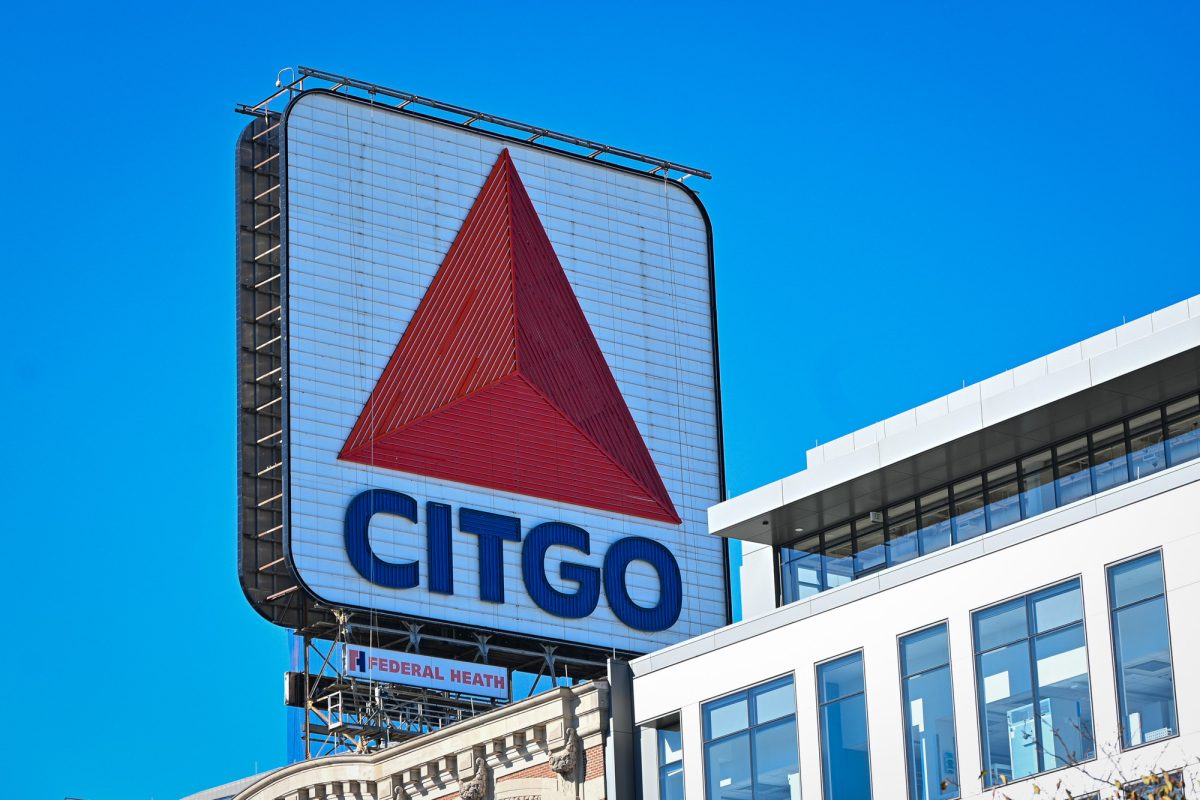


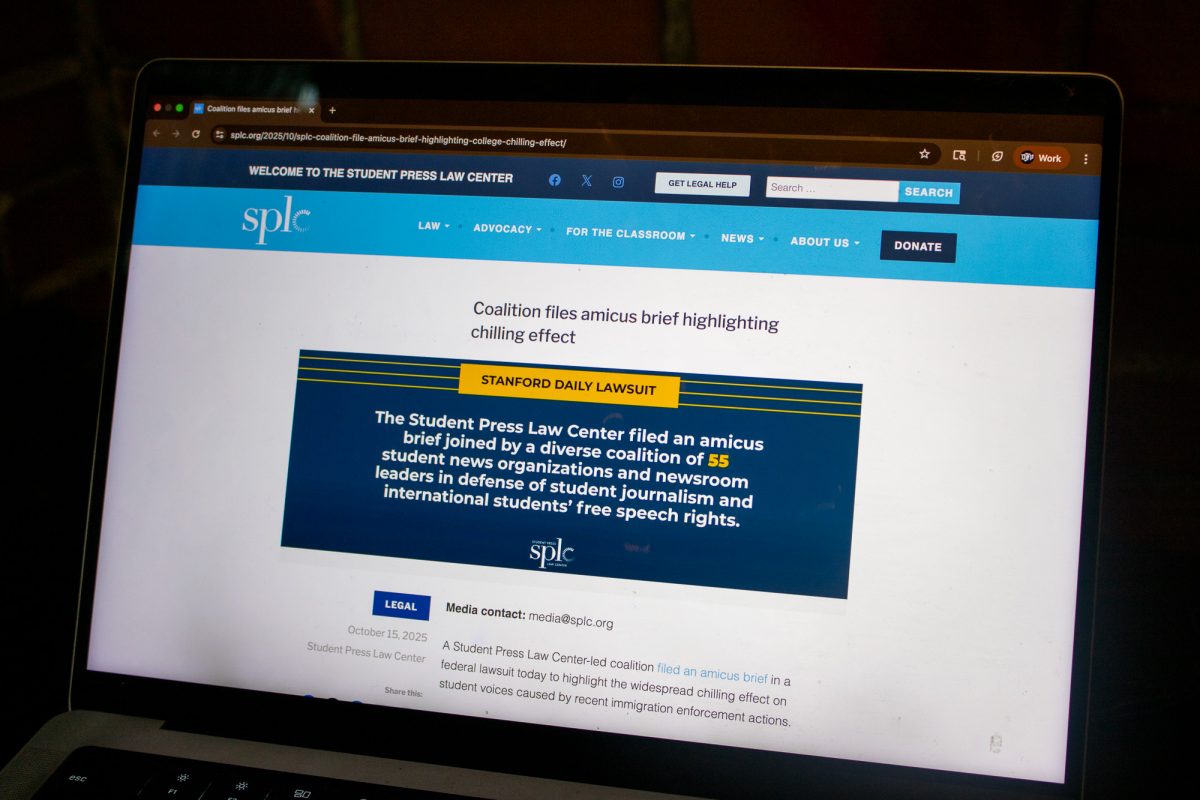



















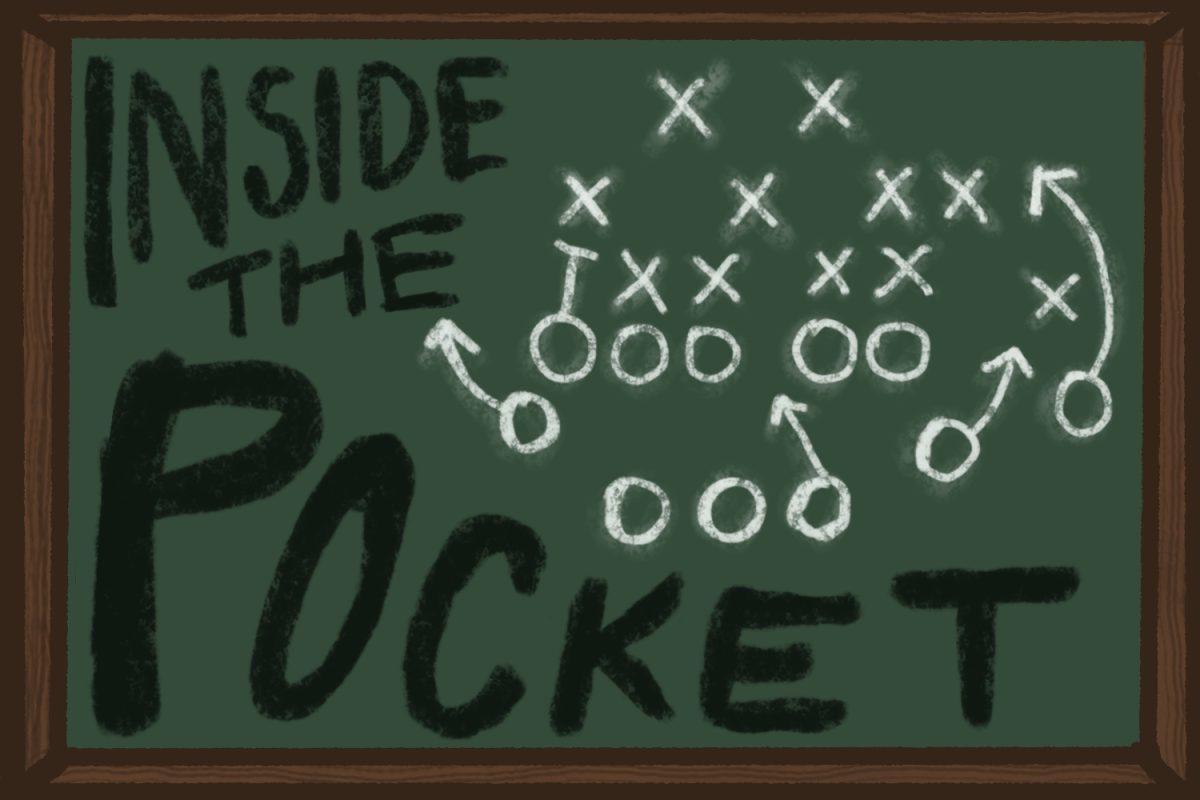
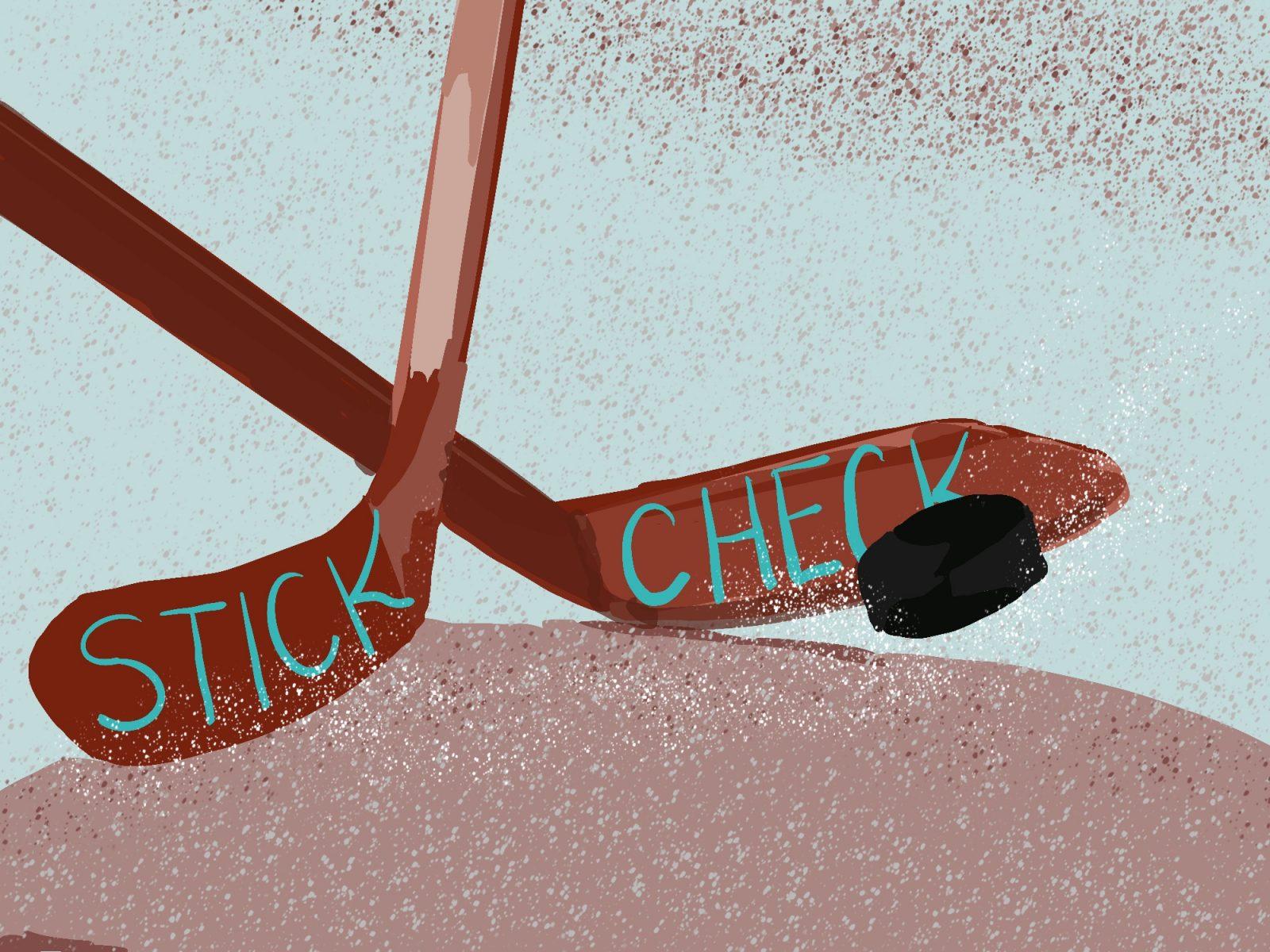

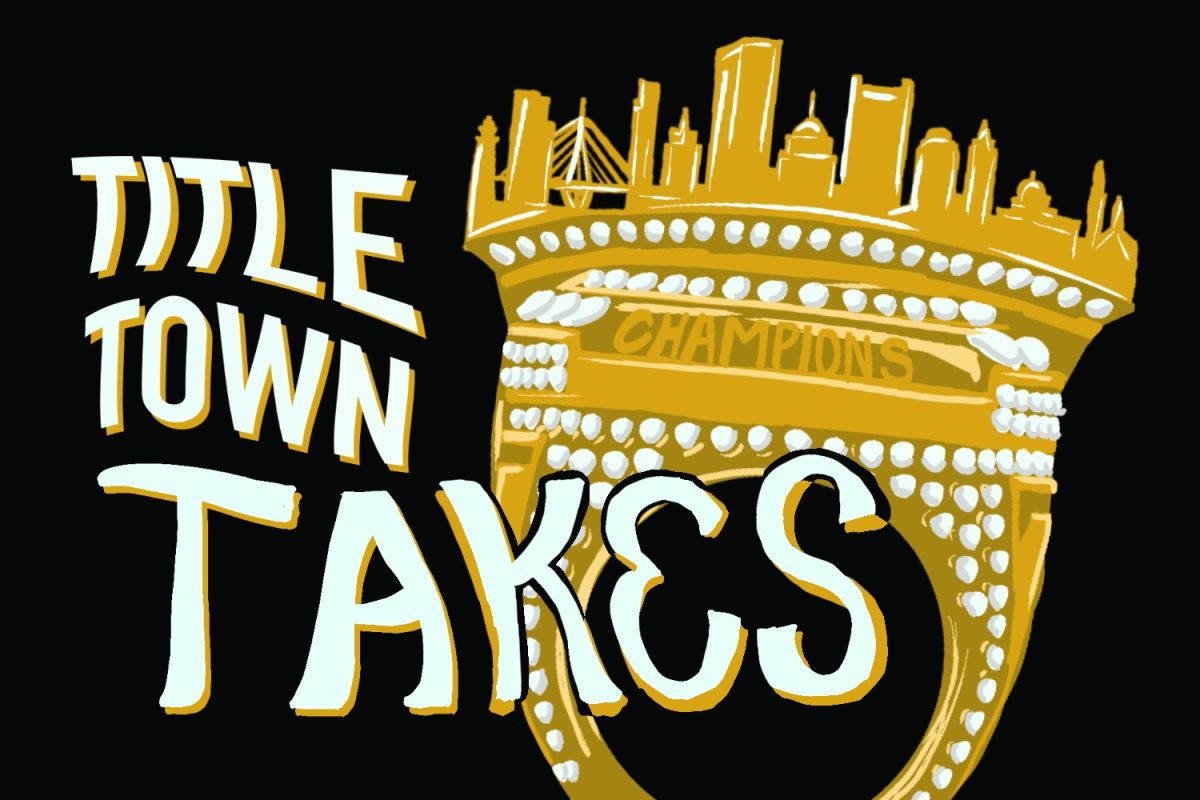




















































































Fedup • Mar 26, 2012 at 10:41 am
“Smokefree” has hit the nail on the head. If only someone would think to ask Michael Siegel one simple question, this could get really interesting. “Dr. Siegel, do you have a financial relationship with the tobacco industry?” He will love the chance to deny it through a third party because he can later claim he was misquoted if need be. But he will never answer the question directly and sign his name to it, or heaven forbid in a TV or radio interview (notice he doesn’t do these any more).
Dr. Siegel, do you have now, or have you had in the past, a financial relationship with the tobacco industry?
Smokefree • Mar 22, 2012 at 1:34 am
The fact that the tobacco industry has fought so hard to block this initiative from being implemented speaks for itself. They know this will cut down on acquiring their replacement smokers and be another catalyst to have someone quit smoking.